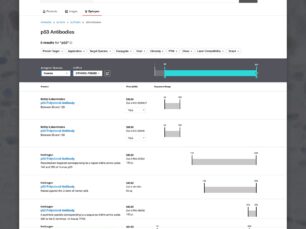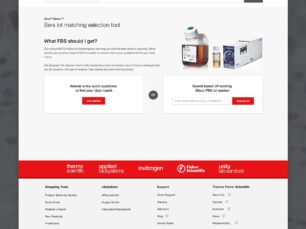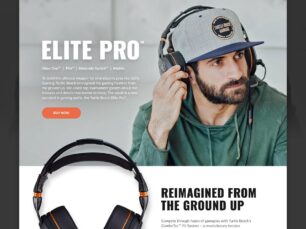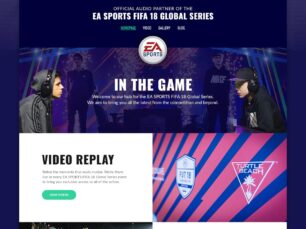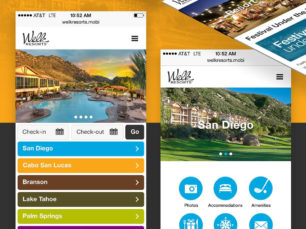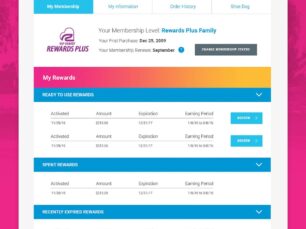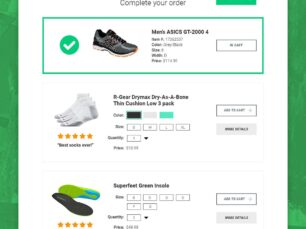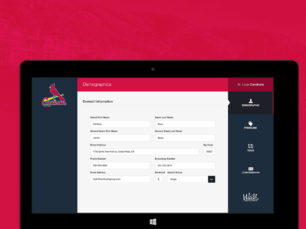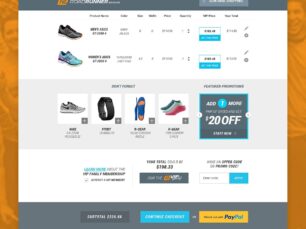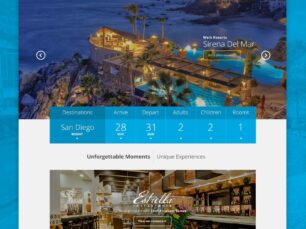
Thermo Fisher Scientific
Antibodies Image Search
Overview
Thermo Fisher Scientific is the world leader in serving science. Their mission is to enable customers to make the world healthier, cleaner and safer. They offer thousands of primary and secondary antibodies validated and cited for flow cytometry, IHC/IF/ICC, western blotting, ELISA, and other applications. As the lead UX designer for antibodies, I had the privilege of contributing to the search experience. Our goal was to enrich the user journey by introducing image search functionality, streamlining the exploration and purchasing process for researchers and scientists alike.
Challenge
Thermo Fisher Scientific is continuously iterating and improving the antibodies search experience. We aimed to explore new ways of displaying search results while supplying users with the most relevant information. Traditional text-based searches often fall short in providing researchers with a quick and intuitive way to identify antibodies suitable for their experiments. Moreover, the vast array of available antibodies required a solution that could streamline the selection process while ensuring accuracy and relevance.

Solution
In crafting the solution, collaboration with the antibodies business was key. Together, we delved into multiple brainstorming sessions to unearth their insights and refine the user experience. Drawing inspiration from popular search engines and platforms like Google, Yahoo, and Pinterest, we explored various layout possibilities. Leveraging advanced algorithms and data tagging techniques, we worked with development to design a system capable of parsing through antibody-related data and display image results based on user-entered search terms. These images were thoughtfully curated to offer clear and informative representations of primary and secondary antibodies validated across various applications such as flow cytometry, IHC/IF/ICC, and western blotting.
View image search
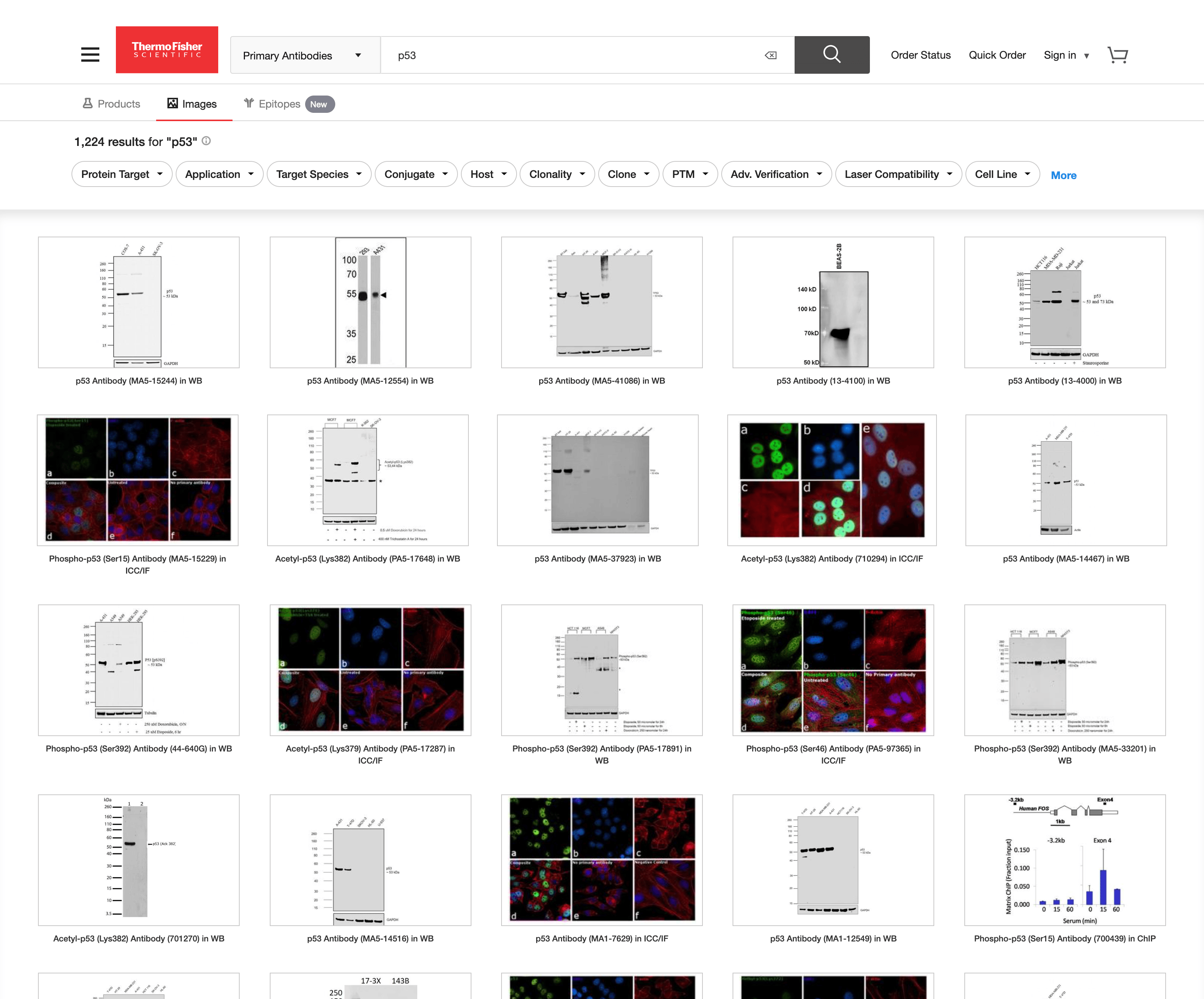
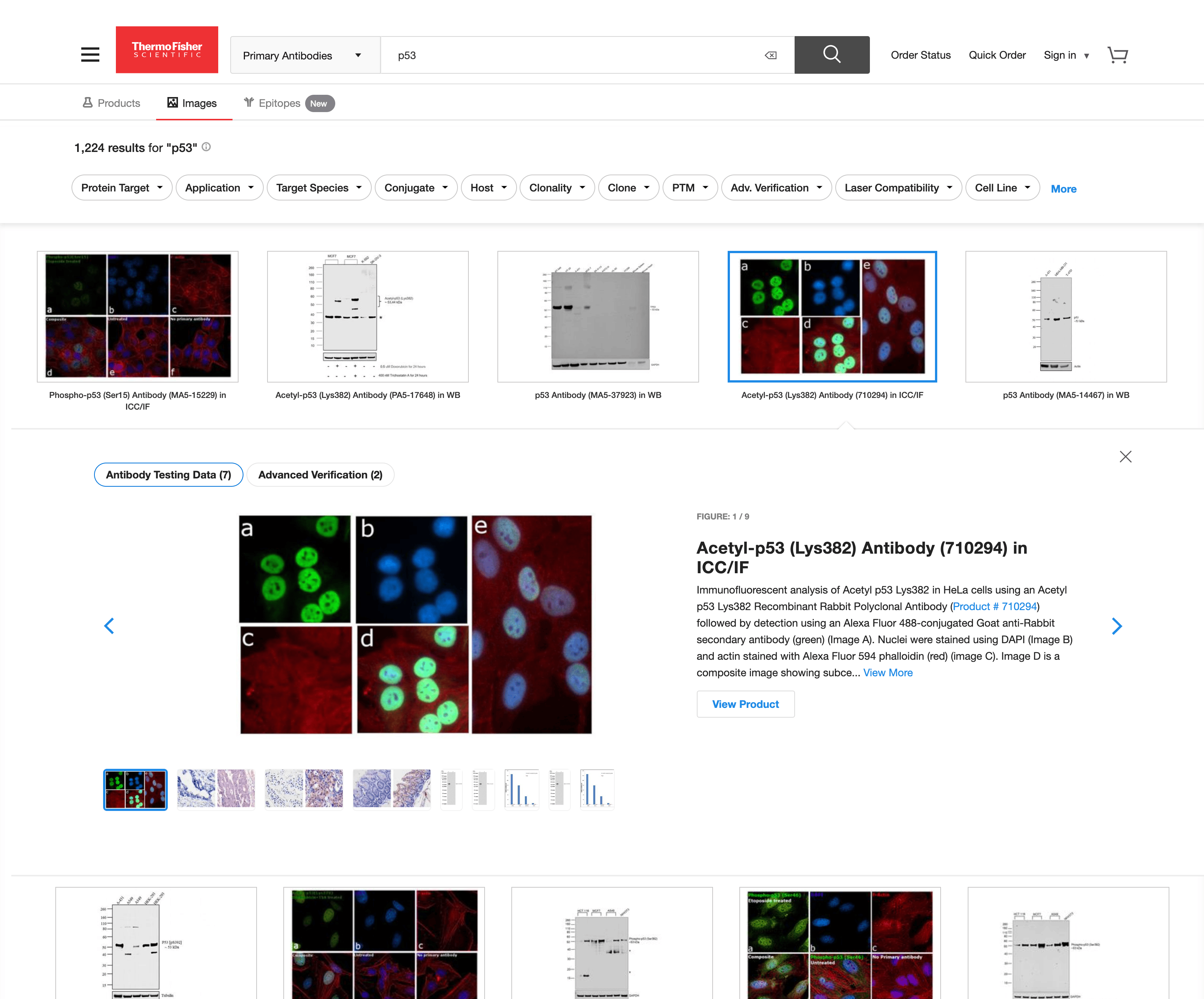


Design Process
Research & Analysis
Extensive user research, including surveys, interviews, and usability testing, was conducted to gather insights into researchers’ pain points and preferences when searching for antibodies. They felt passionately an image search would benefit our users and allow them to make better purchasing decisions.
Conceptualization
Collaborating closely with stakeholders, we brainstormed potential solutions, with a keen focus on enhancing visual elements to facilitate a more intuitive selection process. Drawing inspiration from industry best practices and user preferences, we sketched out various design concepts.
Prototyping
With established concepts, we dove into rapid prototyping, translating our ideas into tangible interfaces. Through iterative iterations, we fine-tuned the design, incorporating user feedback at every step of the way. These prototypes allowed us to test different layouts, functionalities, and interactions, ensuring that the final product would meet users’ needs and expectations.
Usability Testing
With the help of the customer insights team, we put together a usability plan. This allowed us to conduct testing with our users and get detailed feedback on parts of the experience that could be improved. Usability testing helped us improve the experience before any development starts. This saved valuable time and resources and helped to ensure the final iteration of the design would be well received by our targeted audience.
Implementation
As the design matured, we collaborated closely with development teams to bring our vision to life. Working hand in hand, we ensured the smooth integration of the image search feature into the existing platform, maintaining consistency with the overall user experience. This phase involved meticulous attention to detail, with a focus on optimizing performance and scalability to ensure a seamless user experience across devices and platforms. Through rigorous testing and refinement, we ensured that the final product not only met but exceeded user expectations, delivering a truly enhanced antibody search experience.
Results & Impact
The introduction of the antibodies image search feature yielded significant improvements in user experience. Researchers now have a more intuitive and efficient way to explore and evaluate antibodies, leading to quicker decision-making and enhanced productivity in their research endeavors. User feedback has been overwhelmingly positive, with many expressing appreciation for the clarity and comprehensiveness of the image results.
Conclusion
In conclusion, the Antibodies Image Search project underscores the power of user-centered design in addressing complex challenges within the scientific community. By harnessing visual elements and innovative technology, we transformed the search experience, empowering researchers to make informed decisions with confidence. We’re committed to refining and enhancing our solutions to meet the evolving needs of the scientific community.

